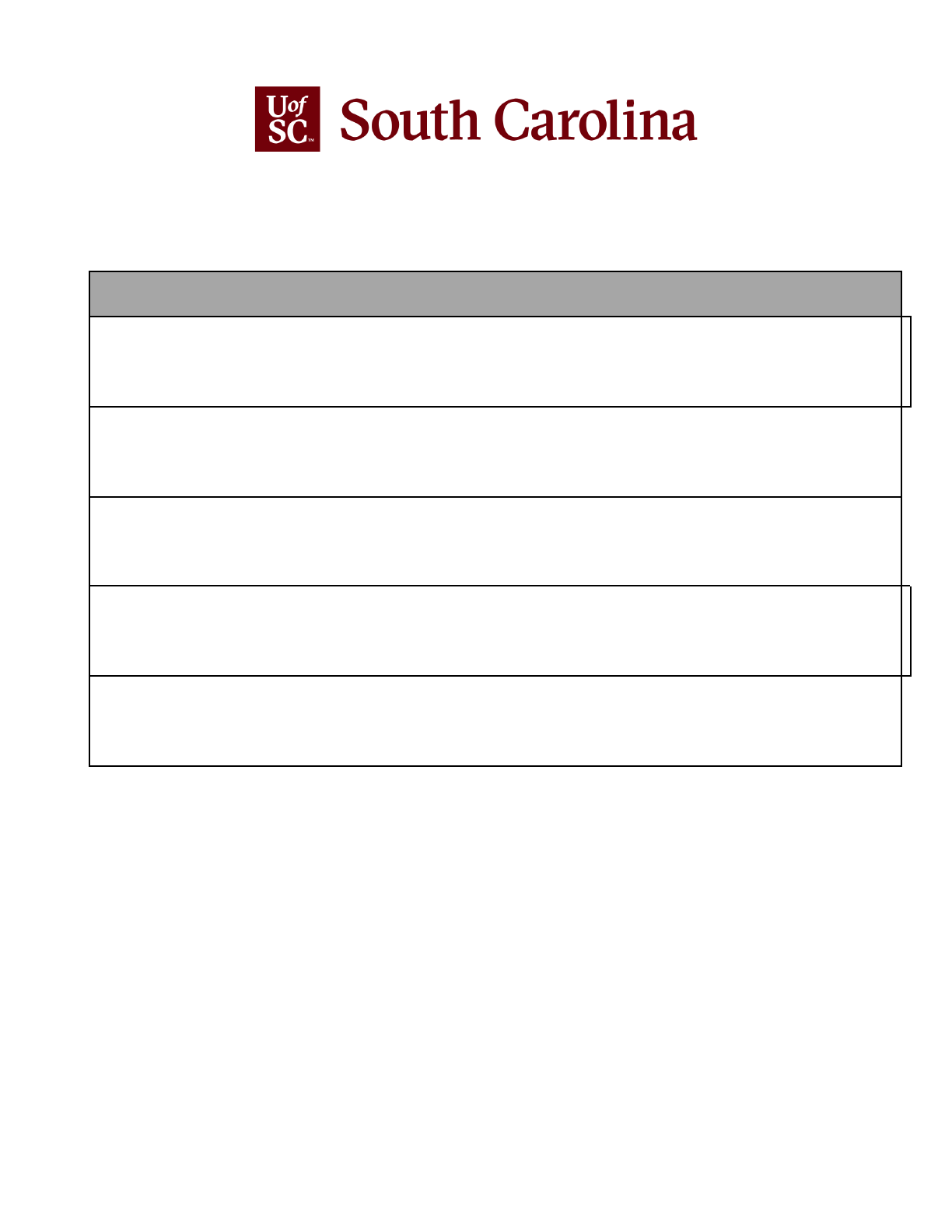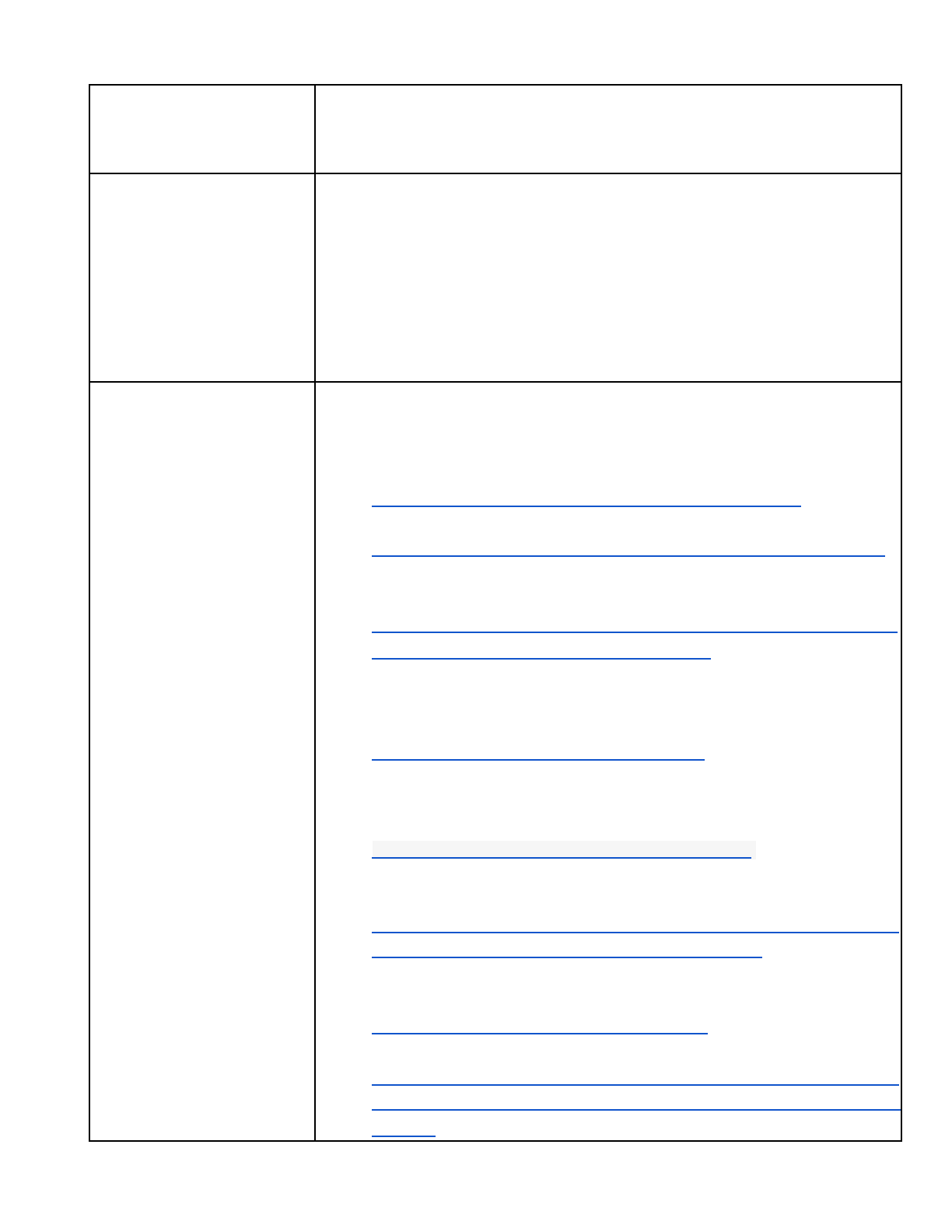
Full STEAM Ahead:
Connecting Library of Congress Primary Sources and Graphic Novels
Lesson Plan Template
Author(s): Katharine Carnes & Shannon Griffin
Grade Level(s): 10th
Subject: American Government
Length of Class: 3- 90 Minute Classes


Image Citation: Wells, Jim. “After the Supreme Court decision on June 30, 1971, The Times immediately
resumed publication of the Pentagon Papers stories” The New York Times. June 30
th
1971,
https://www.nytimes.com/2021/06/09/us/supreme-court-pentagon-papers-prior-restraint.html. Accessed
October 27, 2023.
Lesson Title:
The role of the 1st Amendment in defending the release of the Pentagon
Papers.
Overview:
The Pentagon Papers were a large collection of government documents
regarding the Vietnam War that were created under orders of Defense
Secretary Robert McNamara. This collection of documents revealed top
secret information and upon its release and subsequent leak by civilian
advisor Daniel Ellsburg to the New York Times, the U.S government
responded with legal repercussions in an attempt to prevent the New
York Times from publishing the documents. The case reached its
pinnacle when it was reviewed by the Supreme Court and upheld in a
6-3 decision that reaffirmed the constitutional protections of free speech
and free press.
In this lesson, students will examine the contents of the Pentagon
Papers and analyze its release in relation to the 1
st
Amendment
protections in the U.S Constitution. Furthermore, supplemental
materials such as Ian Rosenbergs’s graphic novel titled “Free Speech
Handbook” will be used in conjunction with documents from the Library
of Congress, and credible educational websites
Learning Objective:
Students will identify the 1st amendment clause in conflict with the
release of the Pentagon Papers & explain the role of the Supreme Court
in interpreting the Constitution
Standards:
USG.4. IN Distinguish between various economic, personal, and political
rights of citizens in the U.S., and how these rights can sometimes
conflict with each other.
This indicator was developed to encourage inquiry into the rights the
Constitution protects and the responsibilities citizens have through active
participation to ensure those rights for themselves and future
generations. This indicator also promotes inquiry into how the
Constitution of the United States, Bill of Rights, and additional
amendments emphasize liberty and individual rights and how these
rights often conflict with each other.

Essential Question:
Did the U.S Government’s attempt to prevent the release of the
Pentagon Papers violate the 1st Amendment?
Supporting Question(s):
1. Did the 1st amendment protection of Freedom of the Press not
apply to documents classified as “Top Secret”?
2. Did President Nixon’s attempt to require government officials to
implement a “Prior Restraint” against the New York Times and
other papers, fall under his scope of power as granted by the
Constitution?
3. Why is it necessary that courts uphold both Freedom of Speech
and Freedom of the Press in a nation that proclaims its
democratic status?
Digital Primary and
Secondary Sources:
Station 1:
1. 1st Amendment- United States Constitution
2. Pentagon Papers- National Archive
https://www.archives.gov/research/pentagon-papers
3. Pentagon Papers Video- History Channel
https://www.history.com/topics/vietnam-war/pentagon-papers
4. The Miller Center: University of Virginia- “Nixon & The
Pentagon Papers”
https://millercenter.org/the-presidency/educational-resources/fir
st-domino-nixon-and-the-pentagon-papers
Station 2:
5. New York Times Company v. United States—Court Case-
https://www.oyez.org/cases/1970/1873
Station 3:
6. New York Times Article: "U.S. CITES 'HARM' OF PENTAGON PAPERS"
https://www.loc.gov/item/powmia/pwmaster_122033/.
7. New York Times- “1971- Supreme Court Allows publication of
Pentagon Papers”-
https://www.nytimes.com/2016/06/30/insider/1971-supreme-c
ourt-allows-publication-of-pentagon-papers.html
8. Library of Congress- Photograph Supreme Court Announcement
in Pentagon Papers Case-
https://www.loc.gov/item/2017646341/
9. Library of Congress- “Crime, Corruption, and Cover-Ups”
https://www.loc.gov/exhibitions/drawing-justice-courtroom-illus
trations/about-this-exhibition/crime-corruption-and-cover-ups/all
-objects

Station 4:
10.“Free Speech Handbook”- Ian Rosenberg art by Mike Cavallaro
Required Classroom
Materials:
Teacher Materials: Promethean or SMARTBoard, projector, and laptop
and a copy of “Free Speech Handbook”
Student Materials: Laptops, paper, pencil, and copy of “Free Speech
Handbook”, copy of Amendments for each station.
Classroom Environment:
The room is set up with the Interactive Board in the front of the
classroom. The desk/tables are set up into four groups. This will allow
for the groups to move from station to station during the lesson.
Differentiation and
Adaptations:
Collaborative Learning - The teacher will form mixed-ability groups of
students to give high achievers a platform to vocalize their ideas, and
lower ability students a way of collaborating with and learning from
their peers.
Digital Resources - By using interactive tools and digital applications,
mixed-ability classes get the opportunity to approach a topic or subject
from different angles. This method of differentiation allows different
materials, platforms and tools to be used to bring about the same
learning outcome and give pupils confidence in their digital skills.
Lesson Sequence/Procedures
Estimated
Time Needed: 3- 90
Minute Periods
Detailed Description of Teaching and Learning:
1. Students will be placed in groups of four
2. Stations will be placed around the classroom and students will
rotate stations for 25 minutes at each station.
3. All materials needed to complete each station will be
pre-distributed.
Station 1:
1. Examine the 1st Amendment and discuss what is covered
under Free Speech and Free Press.
2. Watch the video that explains the “Pentagon Papers”
3. Answer the following questions:

1. What were the Pentagon Papers?
2. Who was Daniel Ellsburg?
3. Why did he release these documents to the press?
4. Review selected portions of the “Pentagon Papers”
1. Identify the overall purpose of its creation
2. Create 2-3 questions about the documents and have
the groups trade questions to answer.
5. Read the UVA Miller Center article on the role of President
Nixon in attempting to prevent the release of the Pentagon Papers.
1. Short class discussion regarding Nixon’s role and
examine why he wanted to stop the leak.
Station 2:
1. Review the Supreme Court case– New York Times Company v.
United States
2. Answer the following questions
a. What was the main constitutional issue of the case?
b. Who was involved in the case and what did they each want
as a result of the case?
c. Why is the case important?
d. Are there any other cases that may contradict the ruling of
this case?
Station 3:
1. Review both New York Times articles and compare them.
a. "U.S. CITES 'HARM' OF PENTAGON PAPERS"
b. “1971- Supreme Court Allows publication of Pentagon Papers”
2. Answer the following questions
a. What was the public’s perception of the Pentagon Papers
when they were first released?
b. How did this change after the conclusion of the Supreme
Court Case?
c. Did the government attitude toward the papers ever shift?
Station 4:
1. Read “Free Speech Handbook” focusing on Chapter 5 titled-
Stormy Daniels, Prior Restraints, and the Pentagon Papers.
2. Discuss the images from the graphic novel and have students
connect ideas from the novel to the Supreme Court Case and the 1st
Amendment.

Assessments:
Informal assessment:
Have each student identify one key concept or idea from the graphic novel
“Free Speech Handbook”; Once identified students should answer
teacher guided questions below.
1. What is the overarching theme of Chapter 5?
2. What does the author convey to the reader about 1st Amendment
protections?
3. How does the author compare and contrast contemporary v.
modern free speech/press issues?
Have students devise 4-5 questions of their own about the novel or case
and have the students exchange the questions once completed. The
student will then answer the questions with other students in their group.
Formal assessment: A 20 question multiple choice quiz on the 1st
Amendment and the case New York Times Company v. United States
Learning Extensions:
Examine the first modern free speech Supreme Court Cases–
Abrams v. United States
Tinker v. Des Moines
Texas v. Johnson
Compare these cases to modern attacks on free speech as brought up in
the “Free Speech Handbook”. Ask students to review and compare these
instances and have a discussion on similarities and differences in the
rulings along with public attitude and support.
Ex. Colin Kaepernick- Kneeling during the National Anthem
Stormy Daniels- Silenced on 60 minutes interview
